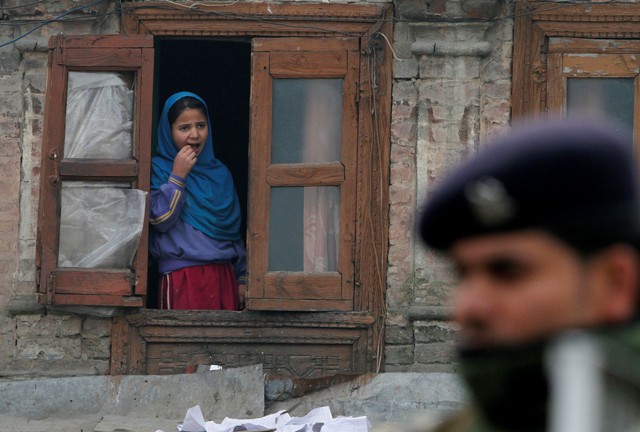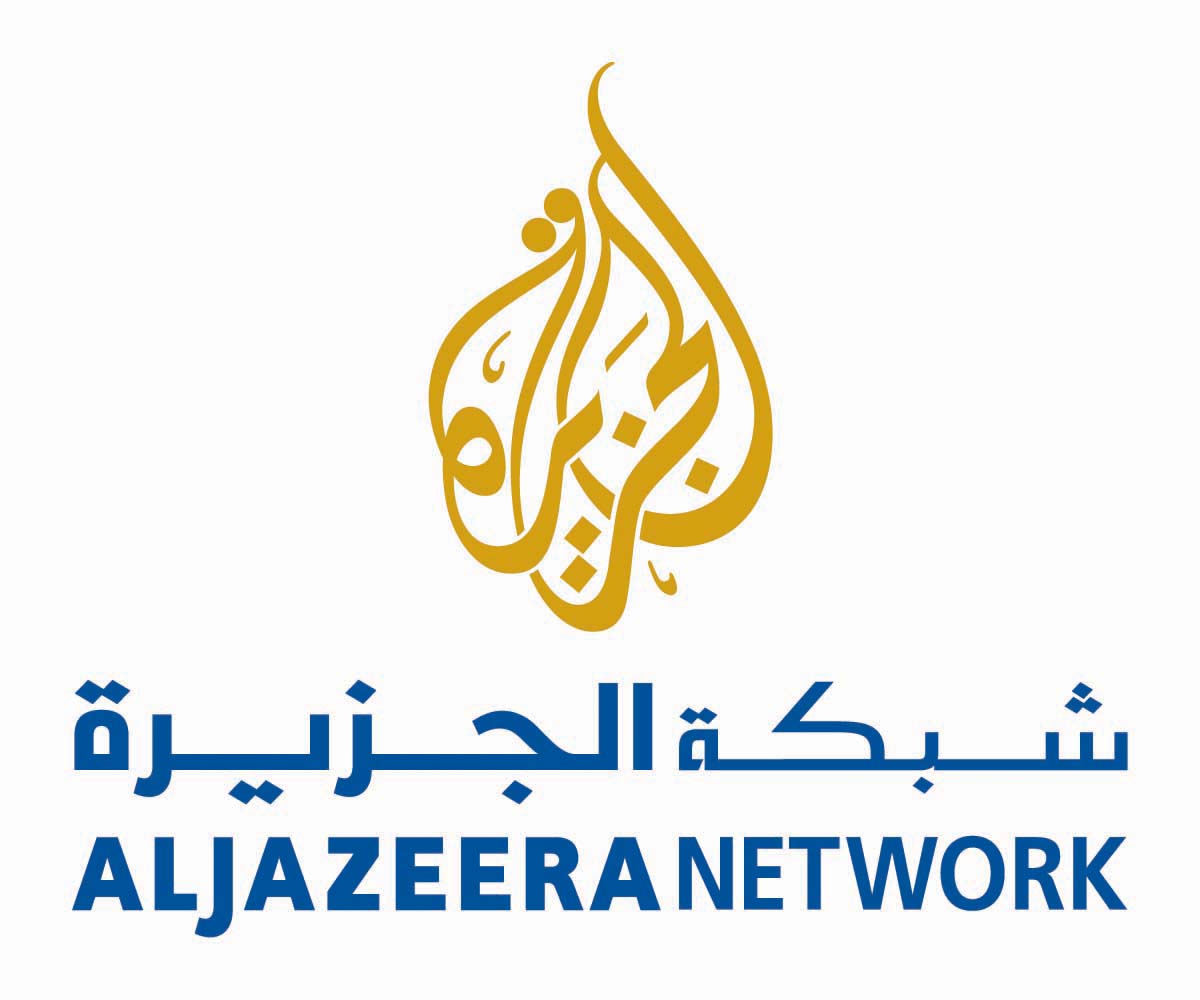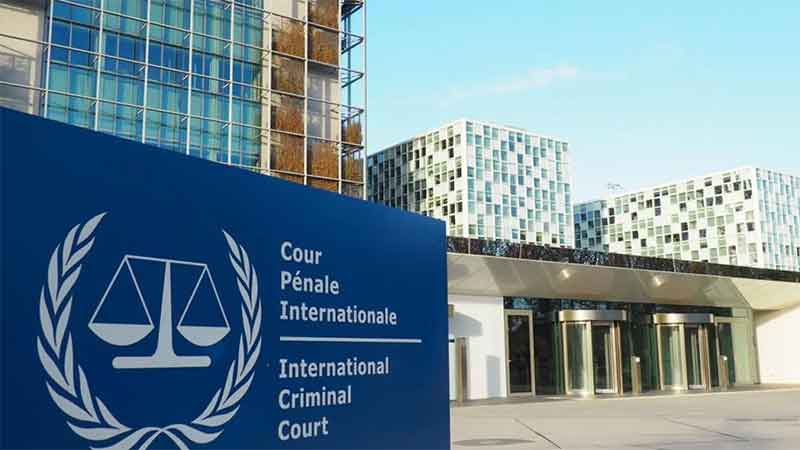
Co-Written by Anandita Ghosh and Milind Champanerkar
“Not war against our own citizens, but dialogue with all stakeholders in Kashmir, including emerging youth leadership, is the only way to resolve the Kashmir issue.” – This was a common view expressed by all the speakers at a lecture programme on ‘Kashmiriyonka Najariya :Vastavaur Mithak’ (Kashmiri Peoples’ Perspective : Myth & Reality’) held on 3rd June 2017 at Shramik Patrakar Bhavan, Pune. The programme was organised by the Pune chapter of ‘Pakistan India Peoples’ Forum for Peace and Democracy’ (PIPFPD). The speakers included Ms. Anuradha Bhasin Jamwal (Editor of ‘Kashmir Times’, Jammu), Mr. Bashir Manzar (Editor of ‘Kashmir Images’, Sri Nagar) and Mr. Jatin Desai (Senior journalist, Mumbai). The programme was presided over by Mr. Milind Champanerkar (Chairperson, PIPFPD, Pune).
At the outset, while explaining the objective of the programme, Mr. Milind said, “Although Kashmir is a burning issue today, most of the electronic media has chosen to sensationalise the issue and present a one-sided picture. The objective of the programme is to enlighten people about the objective reality in Kashmir, give insight into situation at the ground and understand the plight of common people there.” Mr. Anwar Rajan, the national executive committee member of PIPFPD, explained how the PIPFPD has been consistent for the last two decades in emphasizing the need for involving Kashmiri people of both sides to resolve conflict.
Mr. Bashir Manzaragreed that the scene in Kashmir today is indeed very dangerous and frightening. However, the death of Burhan Wani was not the cause of the present unrest. While explaining how tension had been building up since 2010, he drew attention towards stone pelting at its peak in 2010. More than a hundred children were killed during the agitation due to military action. “This gave rise to intense discontent.” he said. While criticizing the present government for not making any efforts to calm down tempers, he said that previous governments had at least made an effort. Mr. Atal Bihari Vajpayee appealed to kashmiri peoples’ hearts by mentioning accepting that the people of the valley had been wronged, and he was with them in their pain. He initiated dialogue with the people. Mr.Manmohan Singh sent a parliamentary delegation to meet all the stakeholders and set up a team of interlocutors headed by a senior journalist, Late DilipPadgaonkar. Mr. Bashir asserted, “If the government had implemented the recommendations of the report, the situation would not have have worsened to the extent it has today.”
He drew attention to 65% turn out people in the valley during the assembly elections of 2014 which he said was a reflection of their faith in the Indian system. He said “Domestic parties fought the elections on the singular agenda of keeping the BJP out of J&K. The youth from South Kashmir voted in favour of PDP led by Mufti Mohmmed Syed wanting to keep BJP’s Hindutva agenda out of Kashmir.” However, after the results as the PDP had to form a coalition government with BJP, whom Kashmiri people in the valley had rejected, the youth felt betrayed and frustration started setting in. The disturbance in South kashmir and growing tensions is largely owing to this felt betrayal and discomfort with BJP’s Hindutva agendas. MrManzar asserted, “Burhan Wani incident in July 2016 was merely a trigger, anything could’ve resulted in a crisis. Burhan’s killing happened to be a pretext.”
Mr. Bashir also said that the situation in the Islamic world cannot be ignored. He emphasised, “These elements are ‘politically religious’, and their influence is gradually growing among the youth. To resist such radicalisation, spaces have to be created for other voices.” Mr. Bashir felt that New Delhi was not serious in its efforts and was only trying to exhaust the people. While people will certainly be exhausted, they will also slowly become radicalised. However, he reminded the gathering that in 1990s there were four to five thousand militants in Kashmir, but there are barely 100 militants today. “So Isn’t the present government exaggerating the situation?” he asked. Mr. Bashir concluded saying, “But I am very optimistic. I have hope that 2017 won’t be as bad as 2016. But, the way I see things on the ground, I can see that anger is slowing evolving into hatred.”
AnuradhaBhasinassertedthat the situation in Kashmir impacts all of us, as Indians and as South Asians. While commenting on the role of biased mainstream, she said that the government and its power circles, including businesses and the media, create a picture that fails to convince the people. Falsities are presented, contradictions appear, and it leaves the public confused. A picture is created wherein all Kashmiris are portrayed as villains, suggesting people don’t want peace. But one begs the question, why are Kashmiris pelting stones?
Emphasizing that the situation in Kashmir is a dire one, she criticised the methods of responding of security forces to the agitating stone-pelters. She said, “The forces, without any hesitation, have been retaliating with bullets, pellet guns, or tear gas; these shells are shot at targets, point blank. Since 2010, many have been killed due to tear gas shells. Many, including small children, have lost their eye sights due to pellet guns.” And yet the debates continue on whether these pellet guns should be used or not!
Condemning the Army chief’s recent statements that young people should take guns up guns instead of stones or that the public should be afraid of the army, Ms.Anuradha said, “He blurred the lines between the general public and enemies.” Alleging that people of Kashmir are meted out discriminatory treatment, Ms. Anuradha said, “Although there have been violent protests in the other parts of India, including in Haryana, the army retaliation has never been as brutal as in Kashmir. You say Kashmir is an integral part of India. Then why so many rules, restrictions and interference in its day to day functioning, its politics, economy and so on?”
She further said that there have been atrocities in the valley for a very long time now, and they have been affected due to the conflict- the Pandits moving out, killing of 70,000 people, illegal arrests and missing persons. These people were ignored, and the anger had been building up. “What we see today, the stone pelting or guns, has been an evolution. It wasn’t sudden.” she emphasised.
Ms.Anuradha believes that war is not the answer to any issue. Communication is key to arriving at a solution. She felt that there is also an emerging leadership among the youth in Kashmir who are socially engaged, excellent writers, lawyers, or pursuing other professions. It is important to include them in this dialogue and begin grooming leaders.Ms.Anuradha believes it’s necessary to have athree-tier dialogue- first, between india and Pakistan; second, between India and Kashmir and Kashmir and Pakistan; and third, intra Kashmir dialogue with Kashmir as it stood in 1947. While peace talks will not mean that conflicts will be resolved immediately, she believes the violence will eventually fizzle out.Lastly, she said, “The peace process requires consistency and political will. There is a dearth of both.”
Mr.Jatin Desai, senior journalist and the national general secretary of PIPFPD, began with saying that PIPFPD sees the Kashmir issue as a tri-lateral issue between India, Kashmir and Pakistan. The fate of Kashmir cannot be decided by India and Pakistan without taking the people of Kashmir into confidence. It is crucial that voices of Kashmiris and their aspirations be heard. The lack of communication has led to a worsening of situation in Kashmir.
Since the 8th of July last year, when Burhan Wani was killed, there has been no dialogue with the people of Kashmir. This lack of communication is leading to dangerous levels of frustration and resentment among Kashmiris and a gradual radicalisation of the youth in Kashmir. Furthermore, statements like the one made by General BipinRawat wishing the youth came with guns instead of stones, only worsen the situation. Mr.Jatin stated that this was a systematic attempt to provoke the population of Kashmir. He said, “The government policy is non-communication. Their strategy being exhausting the people, following which, they will surrender.”
The lack of interest in dialogue on part of the government has led to a coming together of the various extreme and moderate Hurriyat factions. Mr.Jatin said that the government must initiate dialogue with all stakeholders including the Huriyat and take them in confidence. Mr.Jatin concluded by saying, “When talking about Kashmir, the conversation is either about the militancy or about Kashmir’s natural beauty. But between these two, are the people of the valley, and it is high time we think about them.”
In times when the media does not offer the entire truth, this program certainly filled a gap in the Kashmir narrative.







































